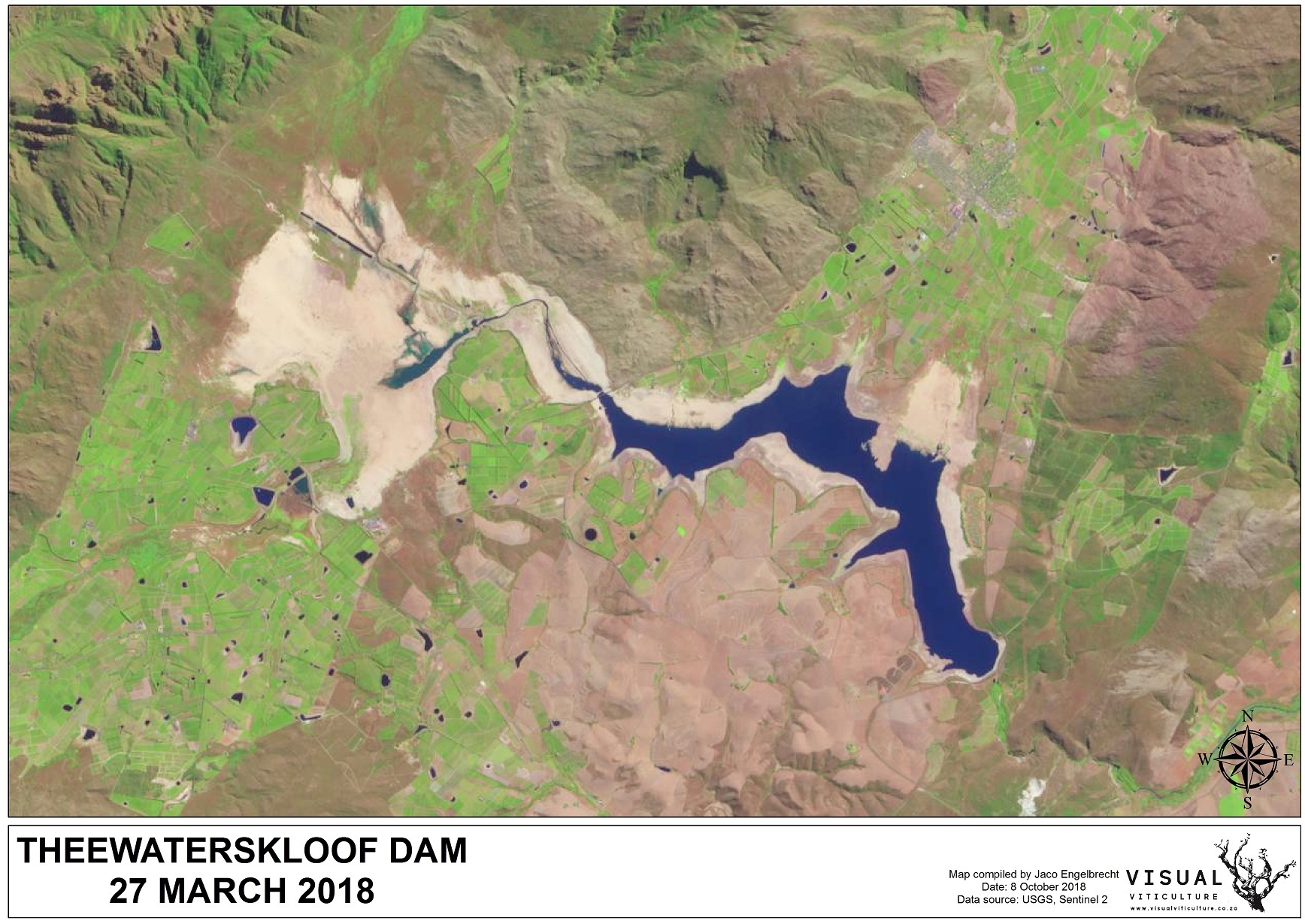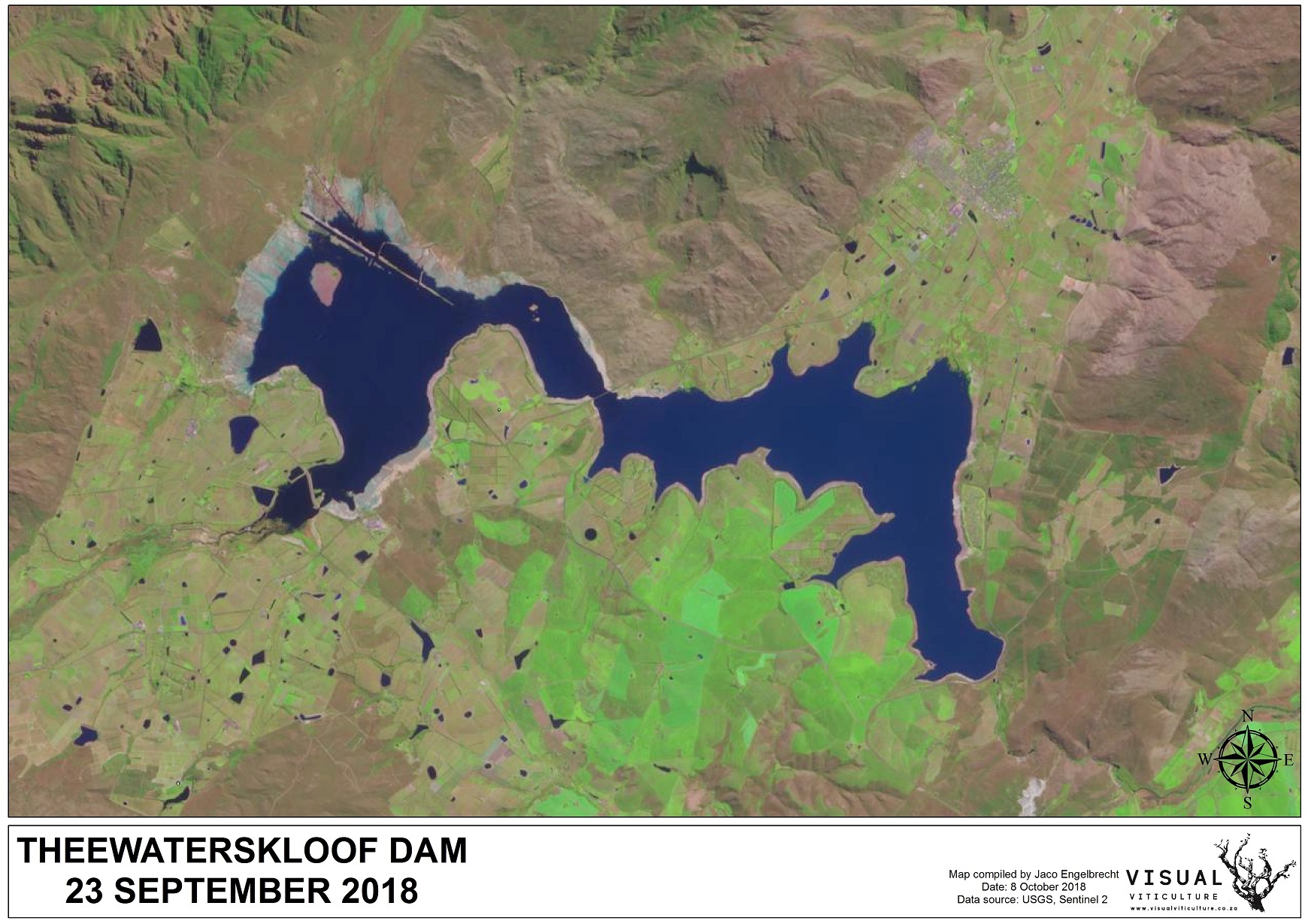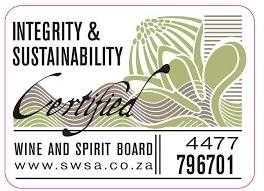WASTE NOT, WANT NOT WATER
Just six months ago, the level of Cape Town’s dams had dropped below 21%. Theewaterskloof, the largest with a capacity of 480 188 million litres had sunk to a pathetic 10% dribble. Parts of the winelands were even worse off. Water restrictions followed by increased tariffs brought out consumers’ many innovative water-saving methods. For most, saving water has become part of life.
Fast-forward to October 2018 and winter rains have left dams 76% full; Theewaterskloof itself is just short of 60%.

As we’re all breathing a sigh of relief, so summer suddenly arrives. The rainy season is over, but vine growing and winemaking continue. While water plays an important role as rainfall or irrigation in vineyards, rarely mentioned is its equal importance in the running of cellars.

With allocations slashed, winemakers have had to devise methods to save water in the winemaking process. They have come up with diverse solutions.
Delheim’s Victor Sperling admitted straight up: ‘Changing employees’ attitude is at the top of the list. ‘If you do not get everyone to understand and appreciate the importance of water saving, it will never work no matter what equipment you put in place.’ Sperling notes a particular disadvantage for them is having an old cellar; ‘water saving is an important part of design criteria today.’
Driving the message home is also part of the Reyneke approach; notices everywhere, including for visitors in the tasting room, remind water is scarce.
Reminders in Chris and Andrea Mullineux’s Swartland and Franschhoek cellars are the water meters they installed to track daily usage.
All three producers have adopted a similar strategy to cleaning the cellar. Rather than start by hosing down the floors, as much of the mess as possible is first removed by brushing. Only then will the hoses be turned on; it seems from this trio that high pressure hose guns, fitted with volume control spray nozzles and using hot water is the most effective, water-efficient cleaning method.
Reduce is the first of the three Rs, Re-use and Recycle the other two; these are also borne in mind.
Nuschka de Vos, Reyneke’s winemaker, says they make sure water used to wash new oak barrels is collected in large drums and re-used to clean anything that didn’t need to be sanitised. All the cellar and household water is collected, re-cycled for compost building, vineyard and vegetable irrigation.
Likewise at the Mullineux’s cellars, the cellar waste water is fully treated and recycled to the dams for irrigation of the vineyards. On their Roundstone cellar in the dry Swartland, any of the scarce rainfall is channelled into customised tanks from the large cellar roof; any overflow directed into the farm dams.
R also stands for reprisal; anyone who wastes water in the Reyneke cellar can expect to be handed a beer fine by Nuschka!
These are just three producers doing their bit not only to save water but to produce wine in a sustainable manner. All subscribe to IPW or Integrated Production of Wine (www.ipw.co.za), a voluntary environmental sustainability scheme established in 1998; their compliance recognised by the seal, which also incorporates the Wine of Origin, on the bottle.

I did try to find out how much water in the cellar it takes to produce a litre of wine; official sources tell me this is currently being researched but responses from several winemakers suggested a possible 6 – 8 litres. Slightly more or slightly less, that’s still a lot of a scarce commodity. Food – or water – for thought.
*Thank you to Jaco Engelbrecht of Visualviti for the photos of Theewaterskloof.
- Angela Lloyd